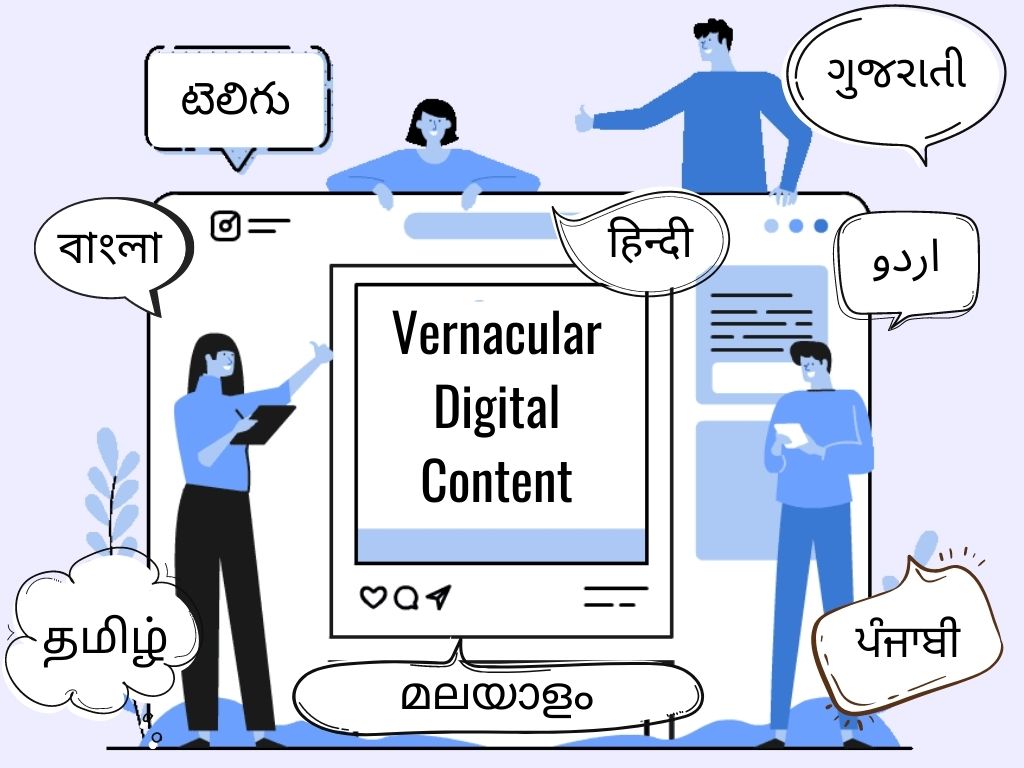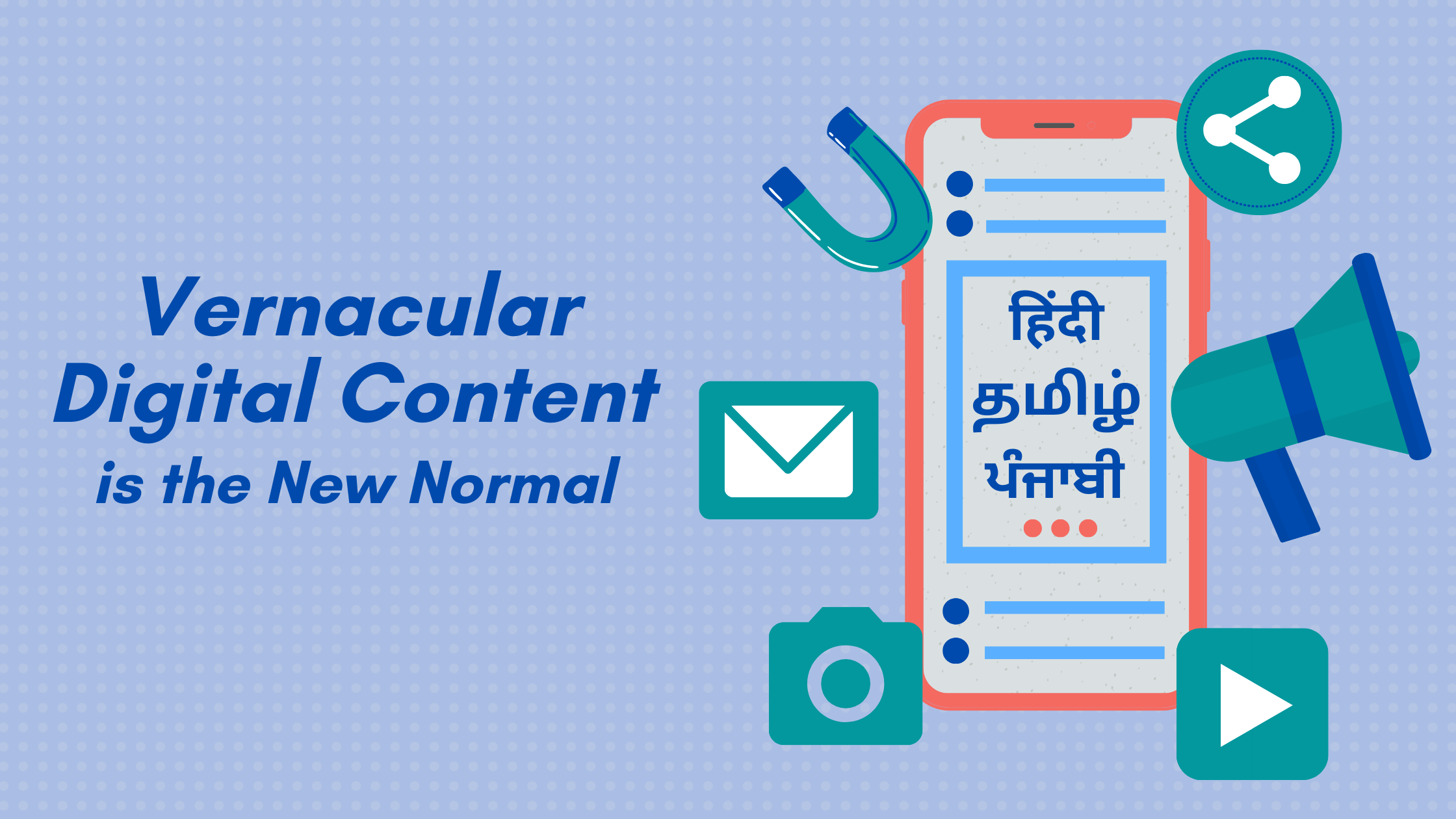As the world tilted off its axis under the onslaught of COVID-19, almost overnight, life came to a standstill, with countries undergoing lockdowns, people confined within their homes, and public places like malls, parks, schools, and offices donning a deserted look. It has been nearly a year and not much has changed.
Yes, the vaccines are here and are being rolled out, but the dominant sentiment is still wait and watch.
The onset of the pandemic was the clarion call for India to press the digital reset button, as online and virtual became the primary means for interacting, collaborating, engaging in the new normal. This reflected in a significant spike in media consumption as people resorted to OTT platforms, social media, ecommerce websites and the likes, for their entertainment, information, shopping, and an overall critical source of social support in times of such unprecedented crisis.
In fact, the first week of the lockdown witnessed a whopping 87% increase in social media usage, with Indians spending an average 4 hours on social platforms like Facebook & WhatsApp, while Internet browsing saw a whopping 72% rise (Business Today). What was more interesting was the fact that data consumption in rural India jumped nearly 100% (Business Standard).
Growth of Vernacular
Studies show that in a country that is home to over 1.3 billion individuals, India has an English-speaking base of merely 125 million. The rest of the population is made up of speakers of different languages and comprises more than 1,600 dialects (Asia Times). Add to this equation the count of internet users and you would find that there are more than 60 crore internet users in the country, with approximately 29 crores belonging to the rural areas (Business Standard).
With gradual growth being reported in regional language internet users in India, there is a huge untapped market opportunity here. According to a study conducted by HT Leadership Series, more than 60% digital content consumers today will consider vernacular content to be more reliable than English content.

The need for vernacular messaging has also been underscored by the pandemic, as the need to reach out and spread health safety initiatives and reassurances to the populace across the breadth and depth of the country increased manifold this past year. These emerging trends for local languages as a medium of communication and connectivity is something that the marketers and brands cannot afford to ignore.
Changing the Vernacular Game
Some of the key drivers underpinning the need for vernacular content include the widespread usage of internet and the availability of ubiquitous and pocket-friendly mobile devices and mobile data.
With pandemic-induced shutdowns, as migrant workers went back to their hometowns, it resulted in a major upsurge in mobile data consumption in the rural areas. Rural consumption accounts for roughly 45% of overall mobile data usage and urban usage makes up 55% in the post COVID-19 lockdown period, in comparison to the 40:60 ratio of the pre-COVID-19 times (The Economic Times).
This growing non-English speaking audience is consuming information at a roaring pace. They are seeking local language content for news and infotainment, turning to popular online digital information and marketing channels such as Google, Facebook, LinkedIn, Instagram, and Twitter.
Based on Inc42 Plus projections, the market opportunity for vernacular content in India is pegged at approximately $53 billion in 2021.
Given the lucrative market prospects and growing trends for regional language content, almost $708 million (Daily Hunt) was invested in regional language startups between 2014 and Q3 2019. Some of the top-funded startups in the market today include Sharechat ($224 Mn), DailyHunt ($124 Mn), Roposo ($38 Mn), and Pratilipi ($24.5 Mn). Investors in both India and abroad are pursuing vernacular content driven startup businesses as they see potential in catering to an audience base of more 500 million.
Way forward…
To develop a winning content marketing strategy, it is imperative that the communication is customized for the audience. And what can be better than to offer content that speaks the language of the audience? Therefore, from multi-lingual web platforms, OTT content in regional languages, “voice-first interactions” solutions especially for semi-literate sections and non-English speakers, the need for vernacular content will continue to be felt by every brand and every digital business channel that wants to continue to tap the huge opportunity represented here.
